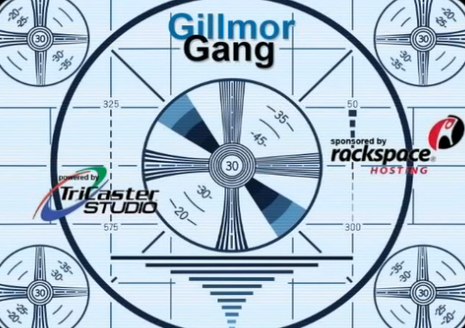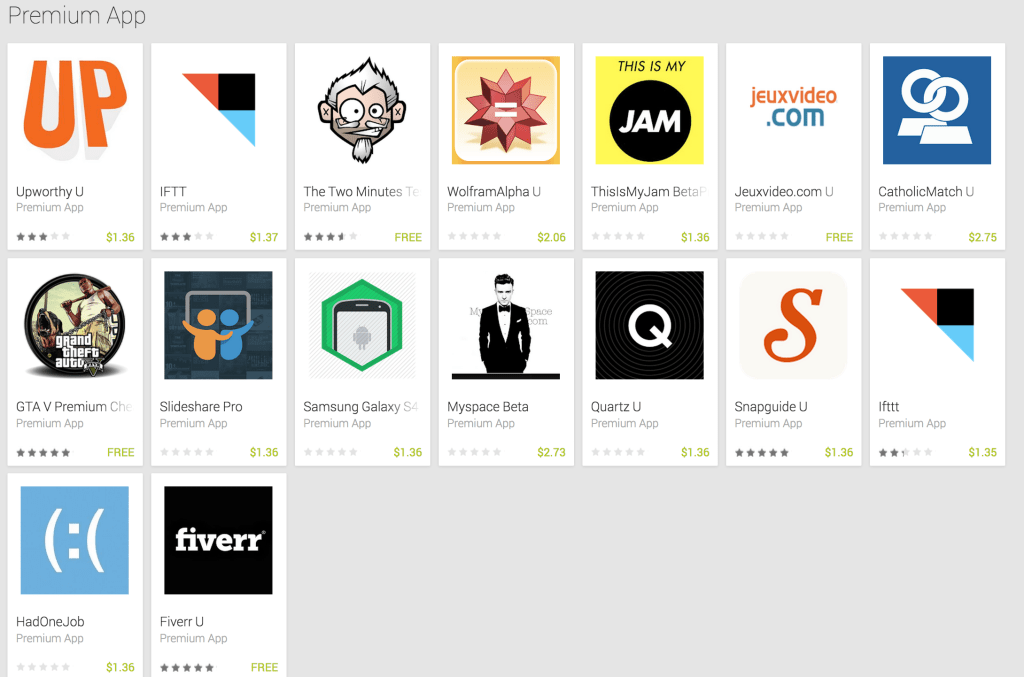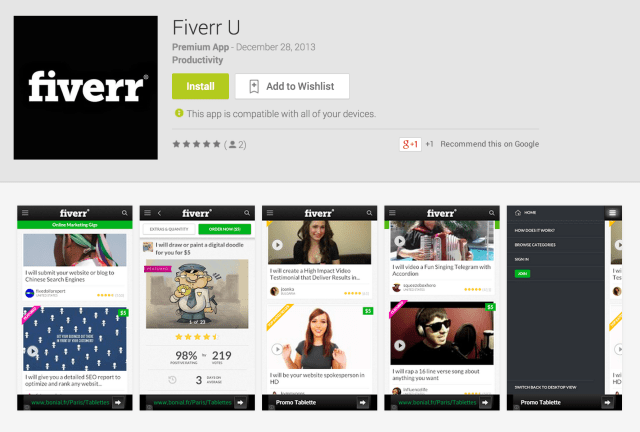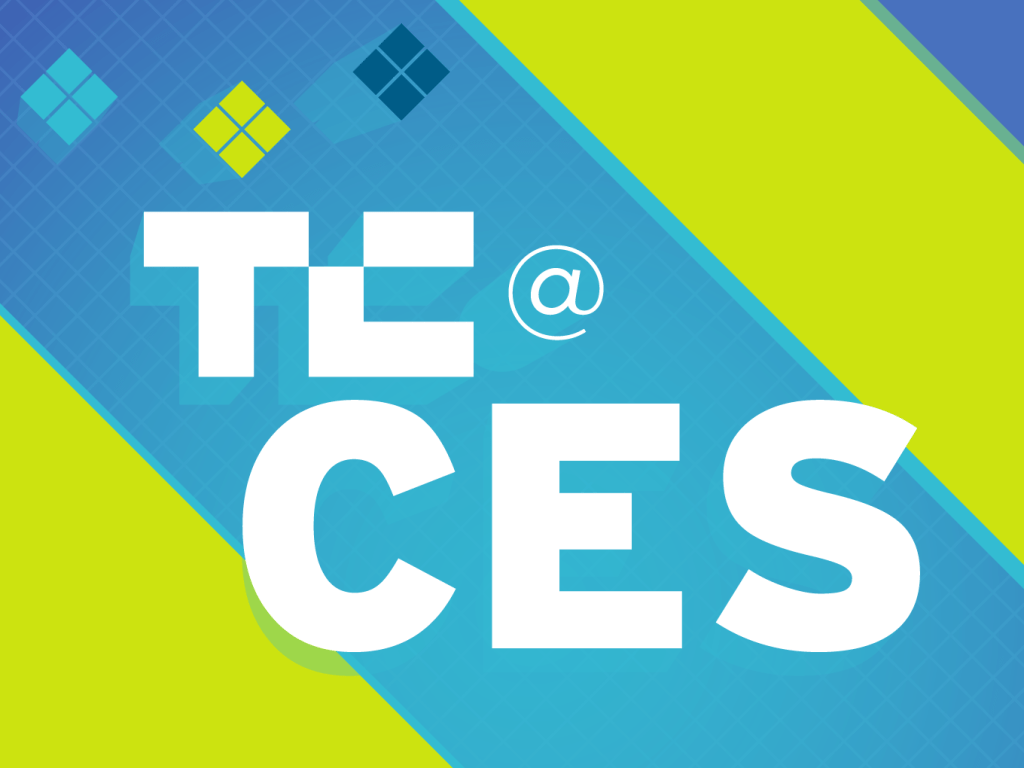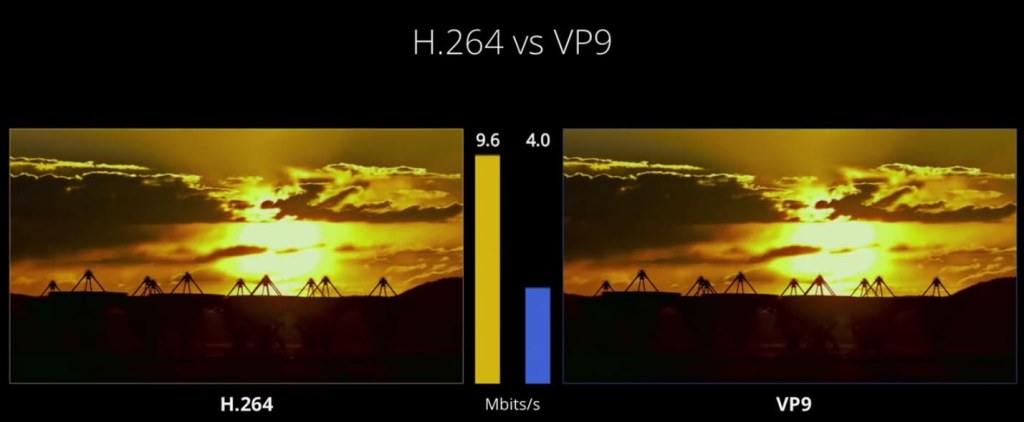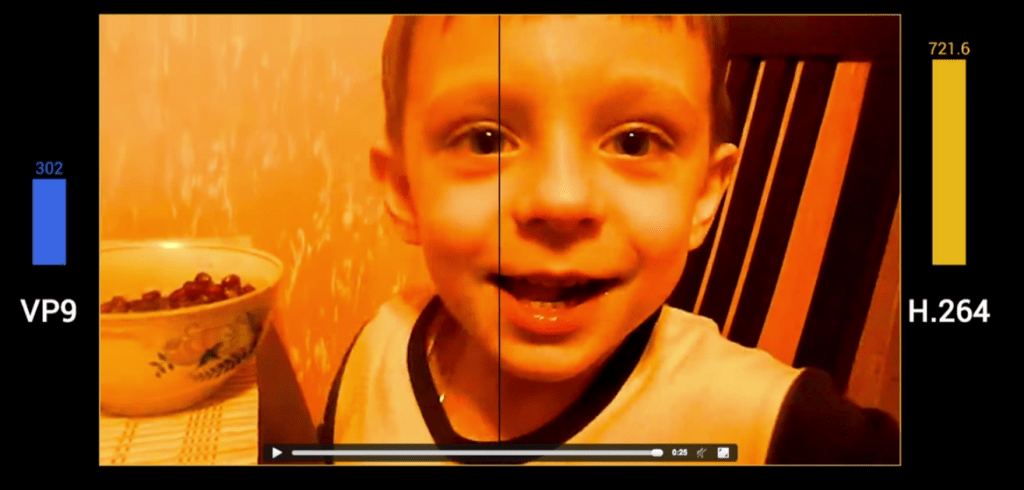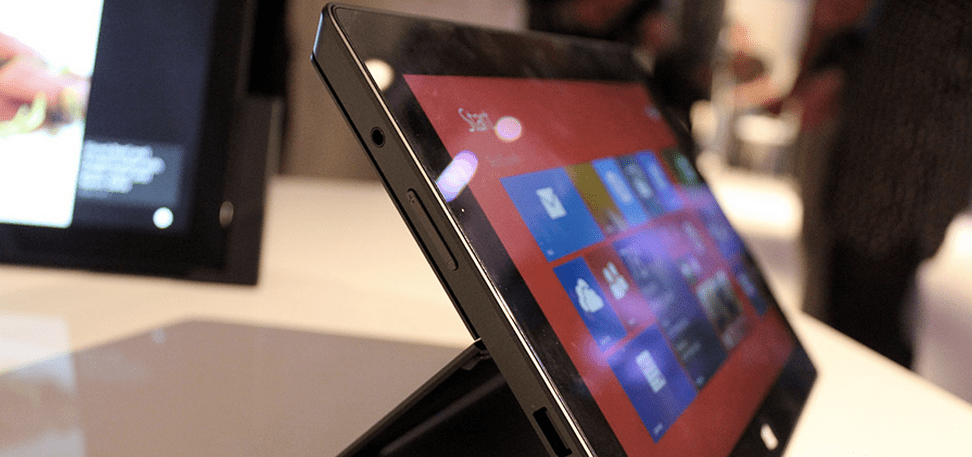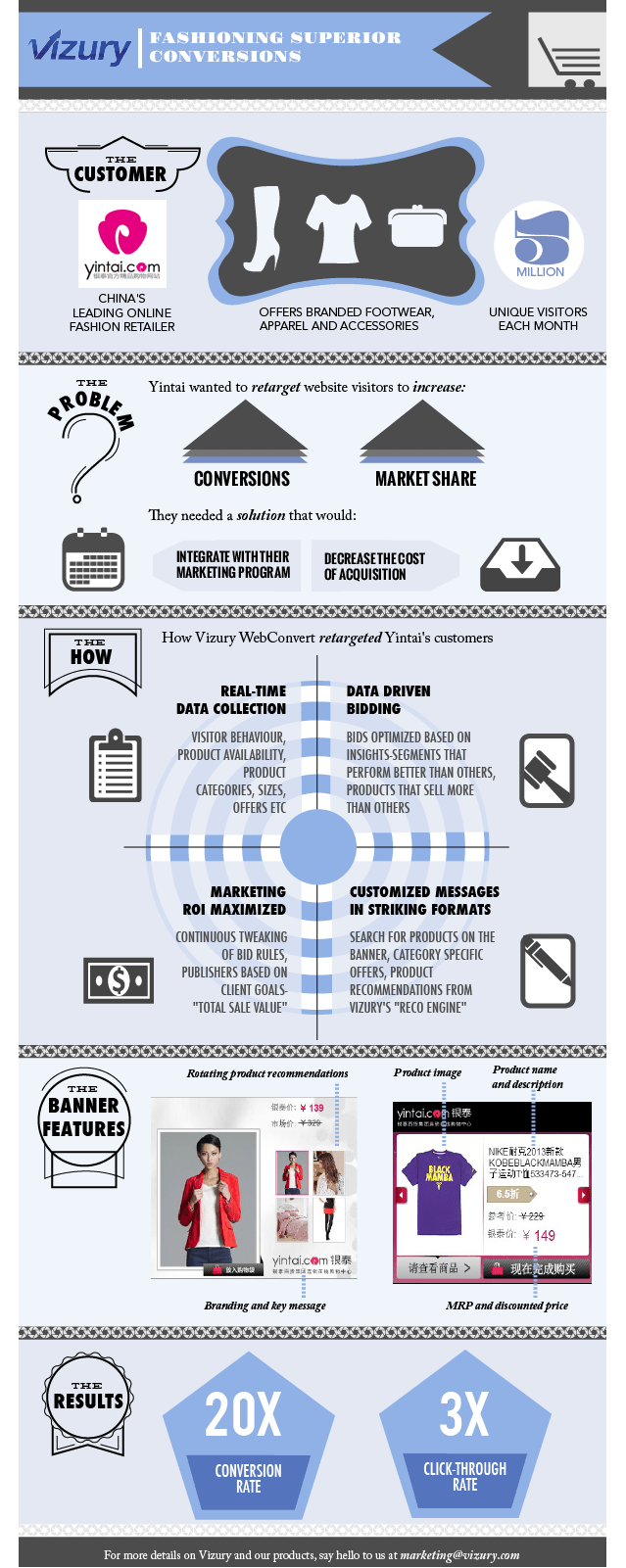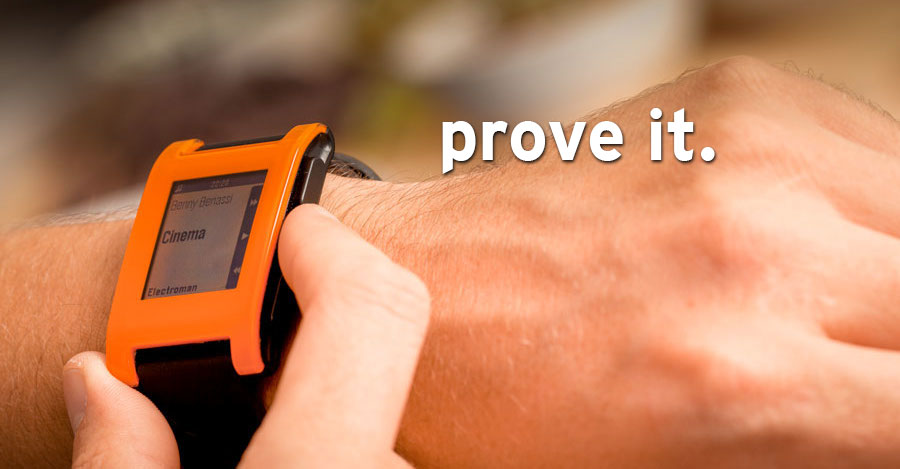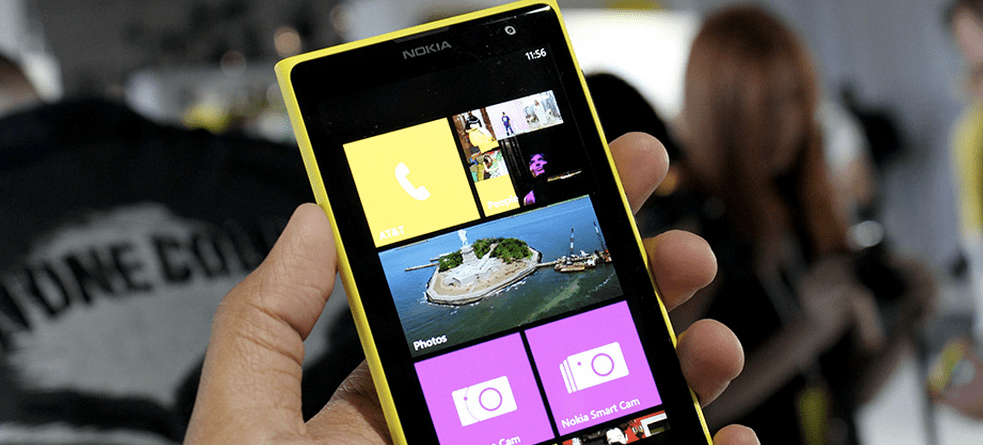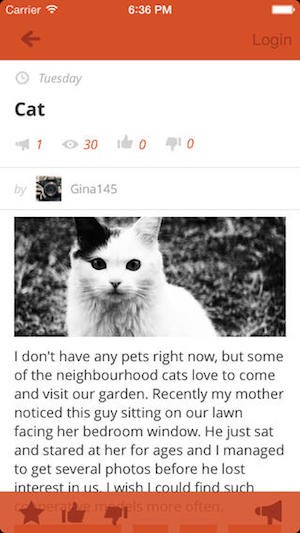
January 2nd is unofficially Email Overload Day, a productivity black hole born from the temptress crutch of overzealous vacation responders. You will get through this. You are strong.
To help you cope, we’ll arm you with an arsenal of helpful email tips, so that you can achieve inbox zero by the end of the day without having bought a raged-induced one-way ticket to the Amazon.
Keep It Brief, Go Mobile
Mathematical fact: the less you write, the more emails you can send. Emailing as much as possible from your smartphone forces you to keep messages super-short, and the “sent from my phone” signature exploits a delightful etiquette loophole that permits messages under 3 sentences.
Some messages, will, out of evil necessity, be long enough to need their own table of contents. But, you can bet your intern’s kidney on the fact that few people will have time to read and respond to anything longer than a few sentences on Email Overload Day.
Do us all a favor, keep it short. Even if you don’t like sending emails from a phone, replacing your desktop email signature with “sent from my phone” is a little white lie that will benefit all of humanity today.
Triage
You don’t need to answer every message today, but you also don’t want important email messages to get buried in the deluge of rapid responses.
My weapon of choice for email prioritization is Mailbox, “the best email management app you’ll ever use.” With Mailbox, users can set reminders when they want an unanswered messages to re-appear in their inbox. Scheduling and archiving messages is done with a simple, yet blazing fast interface of left or right swipes of the thumb. And, because most data is downloaded onto the phone first, you don’t have to keep waiting for the server to “load” different actions.
On desktop and Android, I also like Boomerang, another prioritization app that allows users to set reminders on unanswered messages.
Or, the for app-less, most email providers let users label emails. A tag like “waiting” is a good way to keep track of archived, unanswered messages or those that can be held off for the weekend.
Schedule Emailing Times, Maximizing Cognitive Productivity
I think I’m mildly addicted to my inbox; I often check it without even thinking. Instead of wasting your day with hair-trigger rapid responses, schedule time to email. Don’t even look at your inbox outside of these times.
Personally, I’m most lucid in the mornings, so I save my one hour email block for early afternoon. I also sporadically give myself 15 minute “email breaks” as a sort of mental rest between my actual work. I save mindless emails for nighttime, when I blunt the suffering of tedious messages while re-watching House Of Cards on Netflix.
Content No-No’s
Now that you’ve got your thumbs warmed up, TED’s Chris Anderson has a few simple, effective rules for helping your lucky recipient respond efficiently
1. No need for mindless messages: “Great” ‘Cool” “Thx for ur note” aren’t usually necessary. Sometimes the best gift is silence.
2. Quash Open-Minded Messages: Collectively, let us ban the word “thoughts?” from email. Instead, ask a few, short pointed questions. If your recipient has other ideas, they’ll share. Open-ended questions are too mentally unwieldy
3. Separate Subjects, Separate Thread: Repeat, do not invite people to your birthday party on an email thread about a business contract. Each email should all be one general theme.
4. Slash CC’s: For reasons that scientists may never know, newly cc’d recipients often feel the need to unload every idea they’ve had in the shower in the text of their first message. If you CC someone, please make sure it’s necessary. If you’re new to a CC, sometimes silence is the best path to enlightenment.
5. Not All Messages Need A Body: I often send messages with just an email header. “Here at the bar”, “I’m headed to NYC, drinks monday @ 8?” all fit without a body.
6. No Header Teasers: Longer subject headers with context help your recipient prioritize your message. Your message isn’t Star Wars 7, it doesn’t need a teaser headline.
7. When In Doubt, Don’t Ask For A Call: You know what’s great about email? I never have to talk about the weather for the first 10 sentences of an email. Phone calls are laborious. When in doubt, handle it all over email. I often encourage recipients to tell me what they need over email, or at least give them the option: “happy to continue convo by email.”
Overflow-Proof Your Mailbox
If you’re a Gmail user, Priority Inbox is a gift from the digital gods. The optional Priority Inbox feature algorithmically tags messages that are important, and filters chain messages and spam into a separate folder. It takes about a week to learn your habits, but, now, for the most part, I only deal with important messages that are directed to me.
For non-Gmail users, set up a separate email account for websites. I have an entirely separate account for any website or group that could possibly sell my email to a marketer or give it out to a stranger. Rarely will I ever enter my personal email on a website. Whether I’m buying plane tickets, responding to an e-invite, giving money to a charity, joining a sports team, or signing up for a new app–they all go to the same email account.
Ok. You can do this, Champ. You will reclaim this week with your sanity intact. Stretch your thumbs, put on your brevity hat, and, crank up some heart-thumping euro-techno beats. You are an email machine.
[Illustration: Bryce Durbin]




